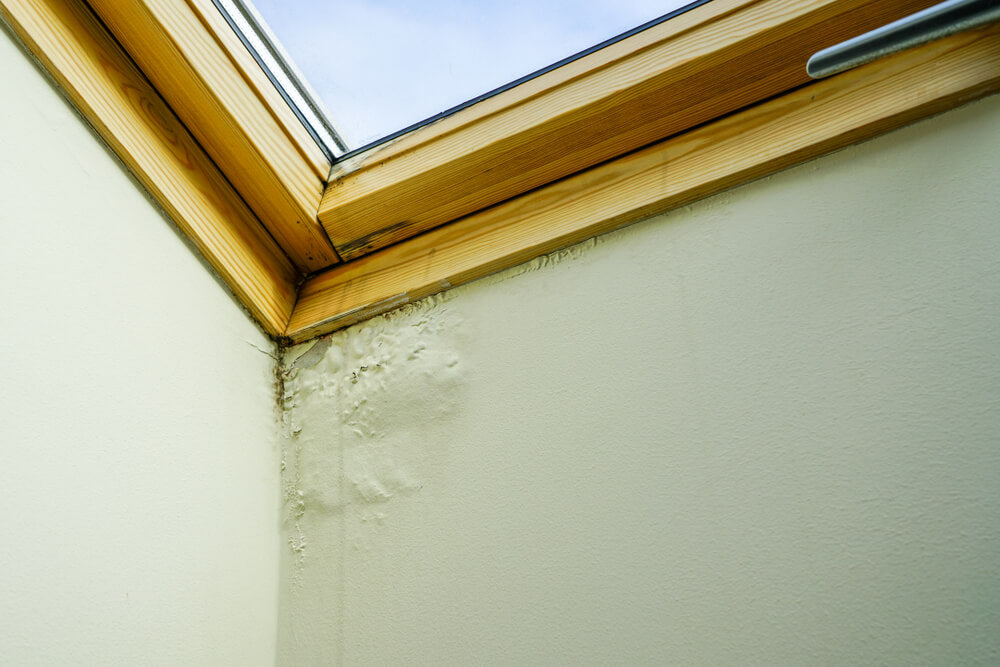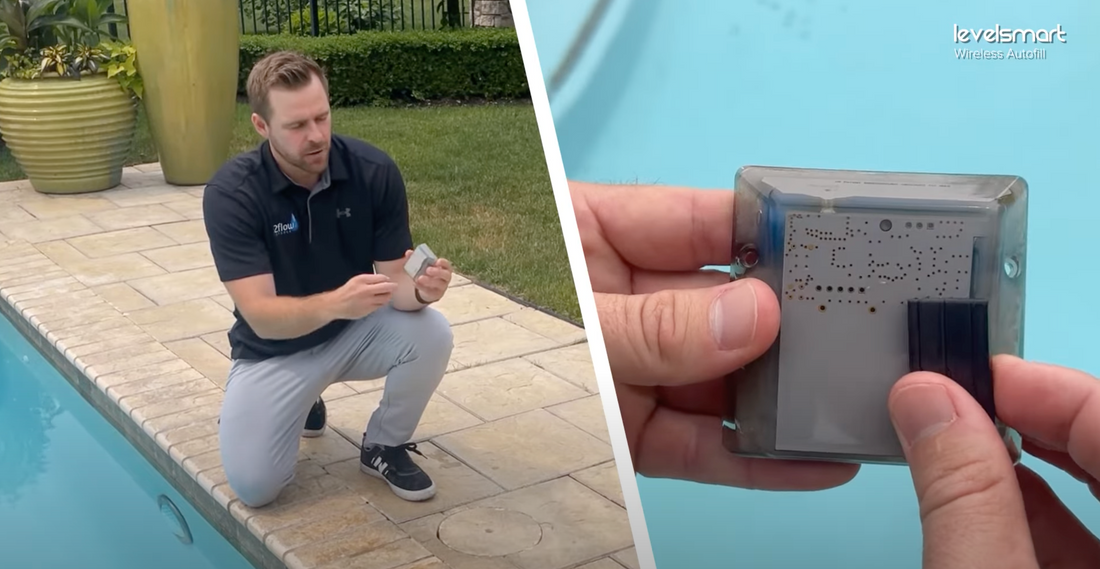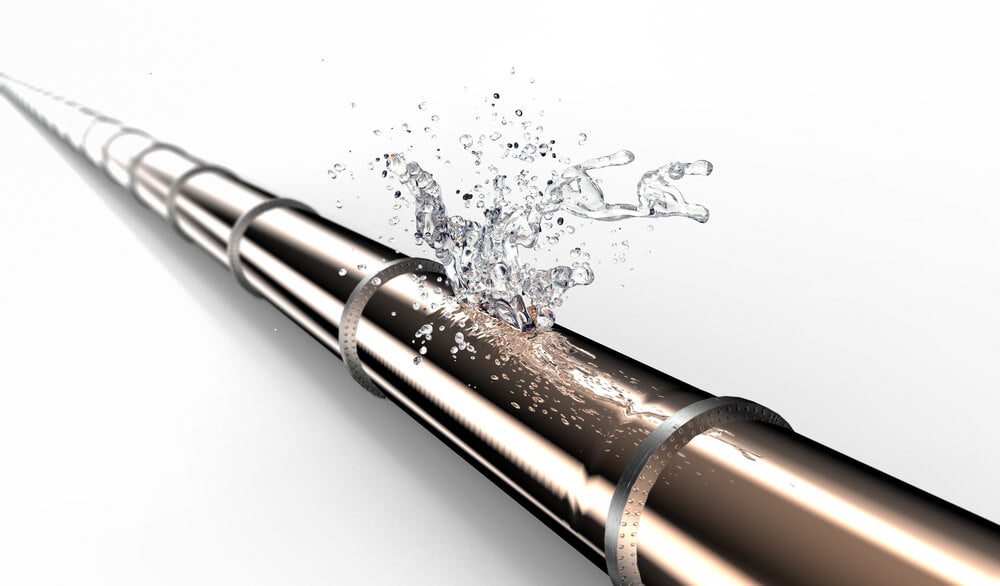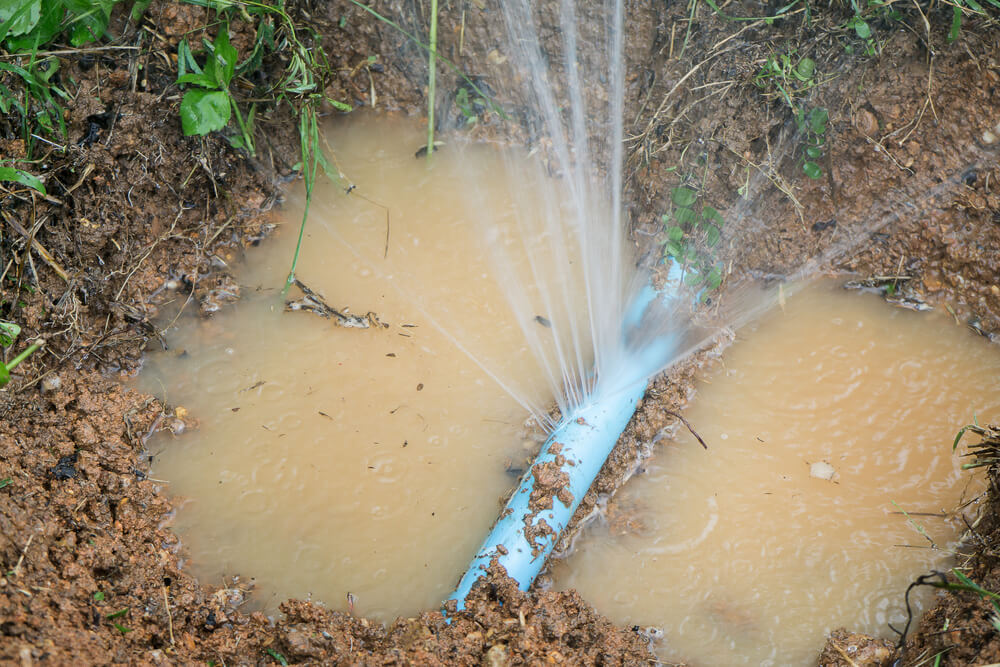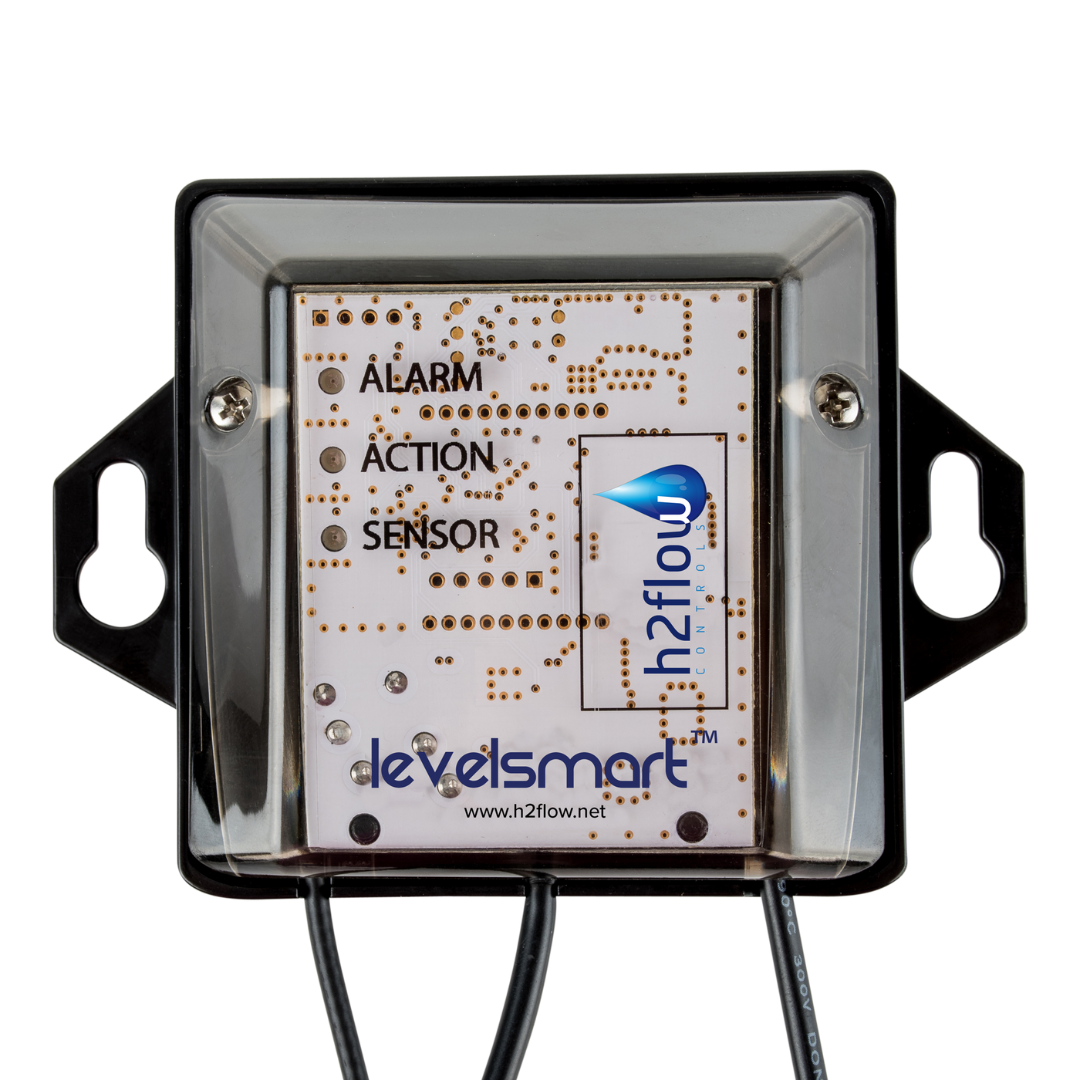
Unseen water leaks can be a major problem. Homeowners and businesses alike can face sky-high water bills, property damage, and environmental waste. Therefore, early leak detection is key. Quickly identifying leaks will mitigate risks, save money, promote water conservation, and save yourself a hassle later on.
In this blog post, we will cover five effective methods for detecting leaks so you can get ahead of troubles.
Common Causes of Water Leaks
Water leaks can be sneaky, causing damage and inconvenience when we least expect it. Understanding the common causes of water leaks is the first step towards effective leak prevention. By familiarizing ourselves with these culprits, we can be proactive in safeguarding our properties and conserving water resources.
Aging Pipes and Plumbing Systems:
Over time, pipes and plumbing systems can deteriorate due to corrosion, mineral buildup, or general wear and tear. This can result in cracks, leaks, or even burst pipes, leading to water damage and potential flooding. Regular maintenance and inspection of older plumbing systems are essential to identify and address issues before they escalate.
Faulty or Worn-out Plumbing Fixtures:
Faucets, shower heads, and toilets are frequent sources of water leaks. Faulty seals, worn-out washers, or damaged components can cause dripping faucets, running toilets, or leaks around fixtures. Ensuring proper installation, promptly replacing worn-out parts, and addressing any signs of leakage can help prevent further damage.
High Water Pressure:
While adequate water pressure is necessary for a comfortable water supply, excessive pressure can strain plumbing systems and lead to leaks. The increased stress on pipes and fittings can weaken them over time, causing leaks to develop. Installing pressure regulators or reducing water pressure can help alleviate this issue.
Clogged Drains and Sewer Lines:
Accumulated debris, tree root intrusions, or other blockages can obstruct drains and sewer lines, causing backups and leaks. The pressure from trapped water can put stress on the pipes, leading to leaks or burst pipes. Regular drain cleaning and maintenance can prevent clogs and potential leaks.
Extreme Temperature Fluctuations:
Freezing temperatures can cause water in pipes to expand and potentially lead to pipe bursts. Similarly, rapid temperature changes can put stress on plumbing materials, leading to cracks or leaks. Proper insulation and taking precautions during extreme weather conditions can mitigate these risks.
Understanding these common causes of water leaks empowers us to be proactive in leak prevention and early detection. We can protect our properties, conserve water, and enjoy peace of mind by addressing underlying issues. We should invest in quality plumbing materials and implement advanced leak detection systems, such as those offered by Kona Labs.
Leak Detection Tools and Methods
Visual Inspection
To identify leaks in your property's plumbing system, the initial step should be a thorough visual inspection. While some leaks may be obvious, others could slip by unnoticed. Start by closely inspecting visible plumbing fixtures like faucets, shower heads, and toilets. Check for any signs of dripping, corrosion, or water stains around the base.
Additionally, inspect the pipes underneath sinks, basements, and crawlspaces. Be sure to look for visible signs of leaks, such as wet spots, mold, or mildew.
During your visual inspection, pay close attention to areas that are likely to have water leakage. This includes areas near appliances that use water, such as dishwashers, washing machines, and water heaters.
Look for signs of accumulation, such as dampness or extra moisture. If you find any indications of leaks during your inspection, take action right away. This will help stop further damage.
A visual inspection is an excellent way to start. However, it is important to remember that not all leaks are easy to detect.
Leaks may occur in hidden areas or within the infrastructure of a building. This can make it difficult to detect with just sight alone. Therefore, it is necessary to explore alternative means of leak detection.
Dye Testing
When it comes to detecting water leaks, sometimes the simplest methods can be surprisingly effective. Dye testing is a reliable technique for identifying leaks in toilets and other plumbing fixtures.
The process is relatively simple. Start by adding a dye tablet or a few drops of food coloring into the toilet tank. Allow some time for the dye to disperse and settle. Without flushing the toilet, observe whether the water in the toilet bowl changes color.
If the water takes on the same color as the dye, this is a sign of a leak. It could be coming from the toilet's flapper valve or another component.
Dye testing can also be applied to other plumbing fixtures, such as sinks or showers, by adding the dye to their drains. Again, without using the fixture, monitor if the water changes color in the receiving basin. If it does, it suggests a leak in the respective fixture or its connecting pipes.
What makes dye testing an attractive option is its simplicity and affordability. You don't need any specialized equipment or technical expertise to perform the test. It can be easily done by homeowners or property managers, providing a quick and preliminary assessment of potential leaks.
It is important to note that dye testing is mainly useful for detecting visible leaks. It is not suitable for locating hidden or underground leaks. In such cases, other advanced methods like thermal imaging or water meter monitoring may be more appropriate. Additionally, if you suspect a larger plumbing issue or are unable to identify the source of the leak through dye testing, it's advisable to seek professional assistance from a qualified plumber.
Listening For Water Sounds
Water leaks often make distinctive sounds that can help pinpoint their source. To detect possible leaks, set aside some time to actively listen for any unusual water sounds. Start by turning off all appliances that use water such as faucets, showers, and washing machines. Then move room to room in silence paying close attention to faint or continuous sounds of running water.
Pay attention to areas where water pipes run, such as along walls, ceilings, and floors. Listen for dripping sounds, hissing noises, or water flowing when no fixtures are in use. This could signal leaky pipes under pressure that need attention. By pinpointing areas where these sounds are most audible, you may narrow down the location of the leak.
Water Meter Monitoring
Monitoring your water meter is another effective way to detect leaks and track usage. Simply find it outside or inside your utility room, take note of its reading, and refrain from using any water for at least several hours or overnight. Then, once enough time has passed, compare the readings. Any difference could signal leaks!
Monitoring your water meter over an extended period can give you insight into your consumption patterns. Keep a log of daily or weekly readings from your meter, looking out for any unexpected spikes that don't correspond with regular activities. By monitoring closely, leaks can be detected early and addressed immediately.
Smart Water Monitoring Systems

Modern innovations have led to advances in smart water monitoring systems like those offered by Kona Labs' Meterdog Water Monitoring System for effective leak detection and water management. These offer comprehensive yet automated approaches to water management.
Smart water monitoring systems utilize cutting-edge technology to deliver real-time tracking of your water usage. Often wireless sensors can be placed throughout your plumbing system to track water flow and detect abnormalities. They then provide comprehensive insights into patterns, trends, and possible leakage issues.
The Kona Lab's Meterdog leak detection device boasts one of the key benefits of intelligent monitoring. It sends alerts and notifications directly to your smartphone or computer when leaks or unusual water usage is identified. This gives you an immediate alert and the power to take swift action against the waste of water resources. Plus, with remote accessibility, you can monitor usage even while away from home ensuring peace of mind and efficient management.
Catch Leaks Early With Meterdog
In the quest to detect leaks and manage your water usage effectively, employing a combination of methods is key.
Kona Labs' Meterdog Water Monitoring System can help you detect leaks and manage water consumption. It is an innovative solution that can help you take control. The real-time monitoring, automated alerts, and comprehensive insights offered by the Meterdog system empower you to detect leaks early, prevent water wastage, and promote sustainability.
Don't let undetected leaks drain your resources and impact your bottom line. Take the proactive step of investing in a reliable water monitoring system like Meterdog. Start your journey towards efficient water management today.
Ready to detect leaks and optimize your water usage? Contact us now to learn more about Kona Labs' Meterdog Water Monitoring System. Schedule a free consultation and discover how Meterdog can help you save time, money, and water.


